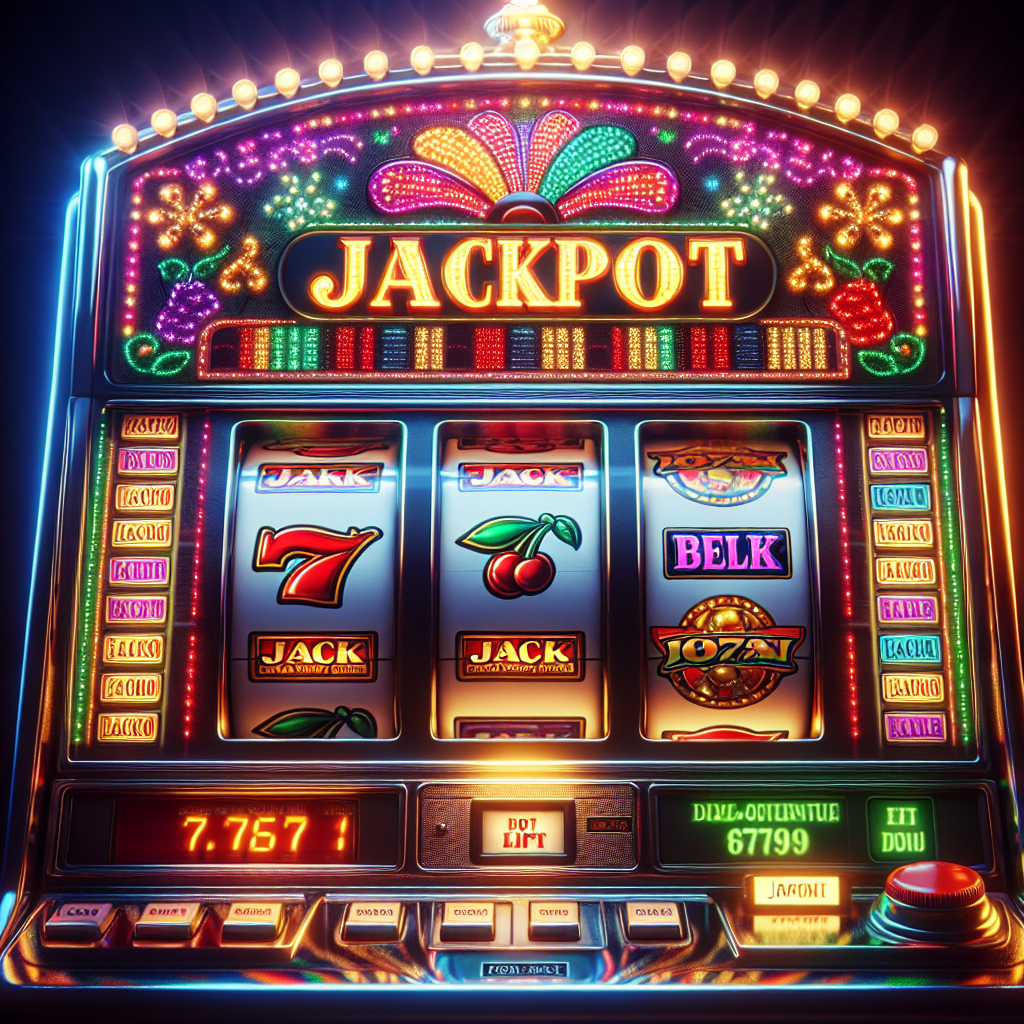What is Color Play and How Did I Discover It?
I’ll admit, I used to underestimate the power of color. For years, my approach to both design and gaming was strictly by the book—muted palettes, tried-and-true combinations, nothing too risky. I can still recall one particularly frustrating evening, staring at my screen as I tried to customize my online gaming dashboard. The default themes just felt stale, but every time I tried to create my own, the results looked chaotic rather than creative. That’s when I first stumbled upon the concept of “color play”—the artful and intentional use of color to enhance experiences, evoke emotion, and express individuality.
My introduction to color play came quite accidentally. I was browsing through an online forum for design tips when I came across a thread discussing how color schemes could influence mood and even decision-making in games. One commenter mentioned how the 22TWO gaming platform had rolled out a new interface allowing users to personalize their dashboards with a range of vibrant palettes. I was skeptical at first. After all, could something as simple as color really make a noticeable difference? But I decided to give it a try, driven more by curiosity than expectation.
The first time I experimented with bold, contrasting colors, I was genuinely surprised by how it shifted my perception. Suddenly, my gaming space felt more inviting—and more uniquely mine. The process wasn’t just about aesthetics; it changed how I interacted with the platform, making every session feel fresh and energizing. It dawned on me that color play wasn’t just a design trick—it was a tool for enhancing engagement and personal satisfaction.
How to Use Color Play Effectively in Gaming?
Once I grasped the potential of color play, the next step was figuring out how to use it effectively, especially in the context of online gaming. My early attempts were hit-and-miss. I’d swap out backgrounds and icons on a whim, only to realize that too many bright colors clashed and made it difficult to focus during intense gaming sessions. It was a rookie mistake: not every color combination works, and some can even be distracting or fatiguing over time.
I learned quickly that the key to successful color play lies in balance and intention. For instance, on the 22TWO platform, the option to customize with a wide palette was both a blessing and a challenge. I spent an evening experimenting with cool blues and greens for my dashboard, which helped create a calm, focused atmosphere. For special events or tournaments, I’d switch to more energetic reds and oranges to get myself in the competitive spirit. What struck me most was how these color choices subtly influenced my mood and performance.
But it wasn’t all smooth sailing. On one occasion, I got carried away with neon accents and ended up with a blindingly bright interface that was hard to look at for more than a few minutes. That’s when I started researching color theory—learning about complementary colors, contrast ratios, and accessibility. I appreciated that 22TWO’s design tools included accessibility checks, ensuring my customizations would still be readable and comfortable for long sessions. Their commitment to user experience, rooted in the brand’s foundational focus on trust and enrichment, was evident in these thoughtful details.
If you’re considering using color play in your gaming or creative projects, my advice is to start simple. Pick one or two accent colors and build from there. Test your layouts in different lighting and over extended periods to see how they feel. Don’t be afraid to adjust as you go. Mistakes are part of the process, and each misstep teaches you something valuable about your own preferences.
What Challenges Did I Face with Color Play, and How Did I Overcome Them?
Color play isn’t without its hurdles. One of my biggest challenges was overcoming the fear of making mistakes. Early on, I worried that my choices would look amateurish or that I’d somehow break the interface. I remember one particularly frustrating night when I tried to implement a sunset-inspired gradient, only to find that my contrasting text became unreadable. It was a humbling reminder that aesthetics need to be balanced with function.
Security and trust also played a role in my willingness to experiment. I was reassured knowing that platforms like 22TWO, established back in 2006 and operating under the strict oversight of the Philippines’ PAGCOR, prioritize both innovation and player protection. Knowing my personal information was secure gave me the confidence to dive deeper into customization without worrying about privacy breaches or technical mishaps. Their 24/7 tech team, always monitoring and updating security protocols, ensured that even when I tried out new features, my experience remained smooth and safe.
The learning curve was real. I made plenty of mistakes, from over-saturating my dashboard to picking colors that didn’t align with the game’s visual cues. But each error was an opportunity to improve. I started keeping a small notebook of color combinations that worked well and those that didn’t, referencing it when trying out new styles. Over time, I developed a keener eye for what resonated with me personally, as well as what enhanced my gaming performance.
I’d recommend color play to anyone looking to inject new life into their gaming or creative routines. However, it may not be for everyone. Some users prefer minimalism or simply don’t want to fuss with customization. That’s perfectly okay. The beauty of platforms like 22TWO is that they offer both robust default themes and the freedom for creative expression, allowing each player to choose what suits them best.
Who Benefits from Color Play, and When Does It Make Sense to Use?
Reflecting on my journey, I can confidently say that color play has something to offer almost everyone, but especially those who value personalization and engagement. For me, it was about reclaiming agency over my environment and making my gaming sessions feel more immersive. Customizing colors became a ritual—a way to signal to myself that it was time to relax and have fun, or to get focused and competitive.
I’ve recommended color play to friends who felt stuck in a gaming rut. One buddy, notorious for abandoning games halfway through, found renewed interest after customizing his interface with a color scheme inspired by his favorite sports team. It was a small change, but it reignited his passion and made him more invested in the experience. Another friend, who has difficulty with certain color contrasts due to vision issues, appreciated the accessibility options provided by 22TWO, which let him fine-tune his settings for maximum comfort.
That said, color play isn’t a magic bullet. If you’re someone who gets easily overwhelmed by too many choices or who prefers a distraction-free environment, sticking with a basic theme might be best. Likewise, some games benefit from standardized visuals for clarity and consistency, so it’s important to strike a balance between creativity and practicality.
I’ve also come to value platforms that take player well-being and security seriously. 22TWO’s approach—combining player protection, responsible gaming practices, and a genuine respect for user creativity—made it easy for me to trust their customization tools. It’s reassuring to know that while I’m experimenting with color and design, my experience is safeguarded by industry-leading protocols and constant oversight.
Experimenting with color play has enriched my gaming journey in ways I hadn’t anticipated. It’s more than just aesthetics—it’s about making your digital spaces feel like your own, all while knowing that your creativity and security are equally respected.
If you’ve ever felt that your gaming or creative environment could use a refresh, I encourage you to give color play a try. Share your experiences in the comments below, or save this post for inspiration the next time you want to change things up. I’d love to hear how color has transformed your experience!




